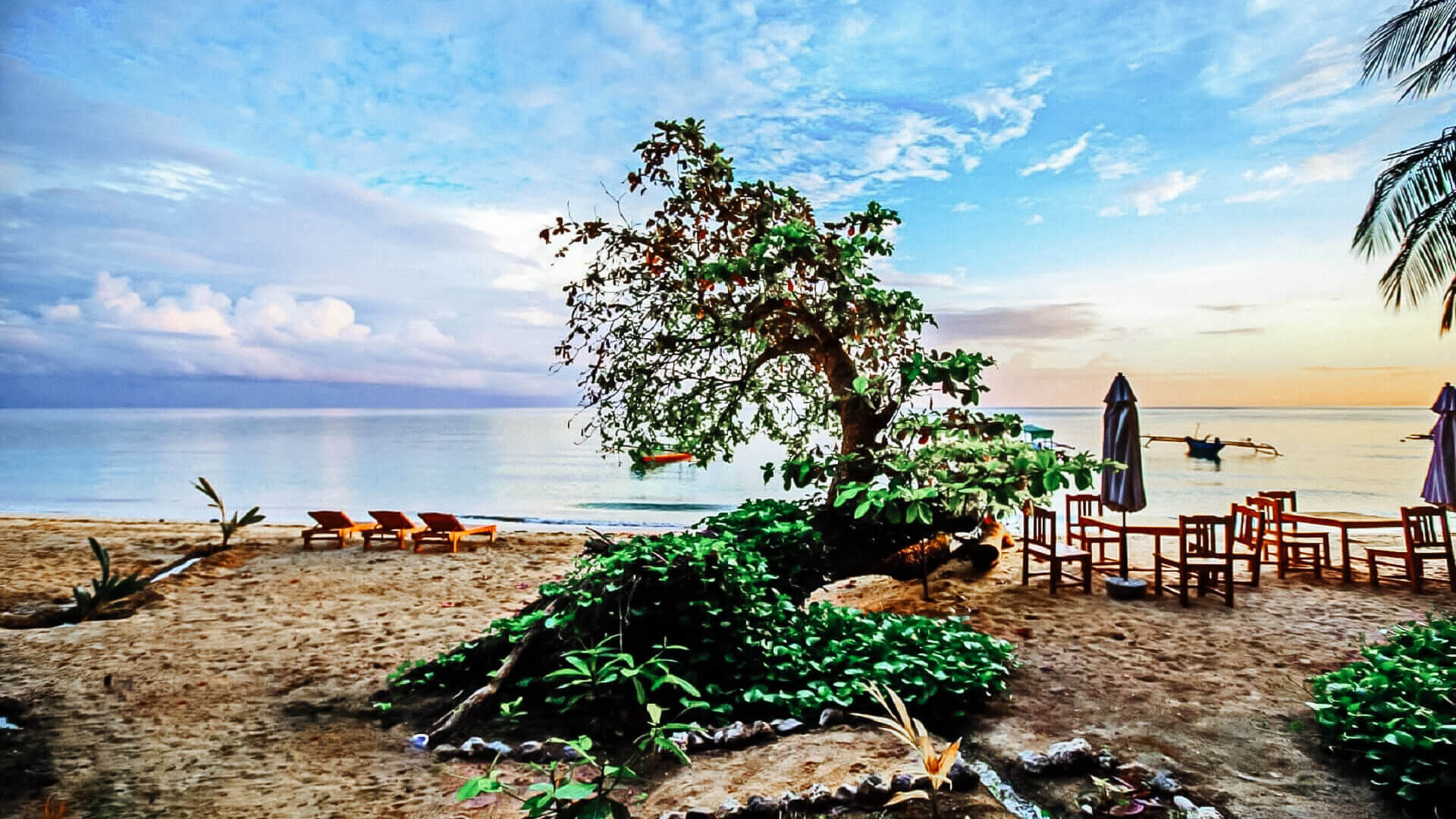Carnival de Timor is an annual event that takes place in Dili in the middle of April (sometimes in May, depending on rain season). Carnival de Timor, founded in 2010 by the Ministry of Tourism, is all about fun, music, and diversity. This yearly event features both contemporary and traditional costumes, East Timorese and foreign minorities, and even embassies. The procession begins at a landmark and ends at the Palacio do Governo, where it is welcomed by musicians and an award for the best-dressed group. With live music and other carnival attractions, the audience danced late into the night.
Tourists are an uncommon breed in East Timor. Traveling from town to hamlet, you’re certain to hear choruses of “malay” (the East Timorese term for stranger) and people eager to engage you in discussion. One might spend days just savoring the sensation of being a very welcome stranger.
East Timor is situated near the southernmost tip of the Indonesian archipelago, north of Darwin, Australia, and at the foot of the Coral Triangle, which has the greatest variety of coral and reef fish species on the planet.
East Timor has a rich cultural history that has been woven from tens of thousands of years of human occupancy, the Portuguese and Indonesian colonial eras, and the depths of a society that has cultural traditions as the thread that holds society together.
East Timor is ideally positioned for community-based ecotourism, which is part of the country’s tourist strategy plan. The Nino Konis National Park (located in the country’s east) is a well-protected region that is believed to be one of the world’s few remaining zones of tropical lowland rainforest with a rich coastline environment. Bird-watching, diving, hiking, and pre-historic archeological sites are all available in the national park.
Divers, snorkelers, and green tourism lovers go to Tutuala’s Atauro and Jaco Islands. Both locations provide eco-lodge amenities, with assistance from regional NGOs. Local divers and fisherman in Atauro are a must-see sight, since they fish with just traditional goggles and spear weapons. Atauro is also widely renowned for its unique wooden sculptures and is a great location to purchase a range of handicrafts.
For more ambitious visitors, East Timor offers world-class hiking around Mount Tatamailau (3000 meters above sea level), Ainaro, Mt. Matebian (Baucau), and Mt. Kablaki (in Same district), to mention a few.
While hiking East Timor, you may keep yourself entertained by searching for some of the 260 species of birds on offer (the whole continent of Australia has around 650 resident species), 32 of which are endemic and 8 of which are unique to Timor and found nowhere else in the world.
The Timor Bush Warbler, for example, was just recently recognized as a separate species, and it is probable that the elusive montane species may be found in East Timor’s highlands. The Bush Warbler is one of several endemic species that will pique the interest of adventurous birdwatchers visiting TL.
Portuguese castles, cathedrals, and other monuments may be found all throughout the country. East Timor’s resistance tourist sites worth seeing include Xanana Gusmao’s (current East Timor Prime Minister) hiding spot, Balibo (renowned for the death of 5 journalists by Indonesian troops), Santa Cruz (known for a massacre in 1991), Japanese caverns in Baucau, and many more.
Since the colonial era, coffee has been East Timor’s primary export product. To visit East Timor, you must try the coffee produced in various areas, including Ermera, Maubisse, Manufahi, and Liquisa. Traveling to the coffee estates takes you over winding mountain roads till you reach over 1,000m above sea level height, cold temperature (as low as 15C), and cheerful farmers who are eager to welcome you into their homes. Another option is to contact one of the coffee groups and request a field visit to one of their cooperative farmer member’s coffee plantation. CCT/NCBA, ELSAA Cafe, Timor Global, Timor Corp, Peace Winds], PARC-IC, and Alter Trade Timor are among them.
Timor’s coffee is now widely recognized around the globe, particularly among organic coffee consumers. It is currently offered as the ‘Arabia Timor’ brand at Starbucks Seattle. Several groups in the United States, Japan, and South Korea are marketing East Timorese coffee as Fair Trade Coffee. One Japanese coffee specialist hailed Timor’s coffee as “one of the world’s surviving indigenous species today.” Horiguchi-san (2005) defines formalized formalized formalized formalized formalised formalised formalised formalised formalised formal
East Timor also manufactures woven fabrics, items for export, and one-of-a-kind souvenirs. High-end and costly tais (East Timorese traditional hand-woven textile) are created with natural dyes, while more affordable textiles utilize chemical dye. There are 13 areas in the country that create different designs and colors from one another. Dili has tais marketplaces; nevertheless, for antique collections, one needs go to the districts.


